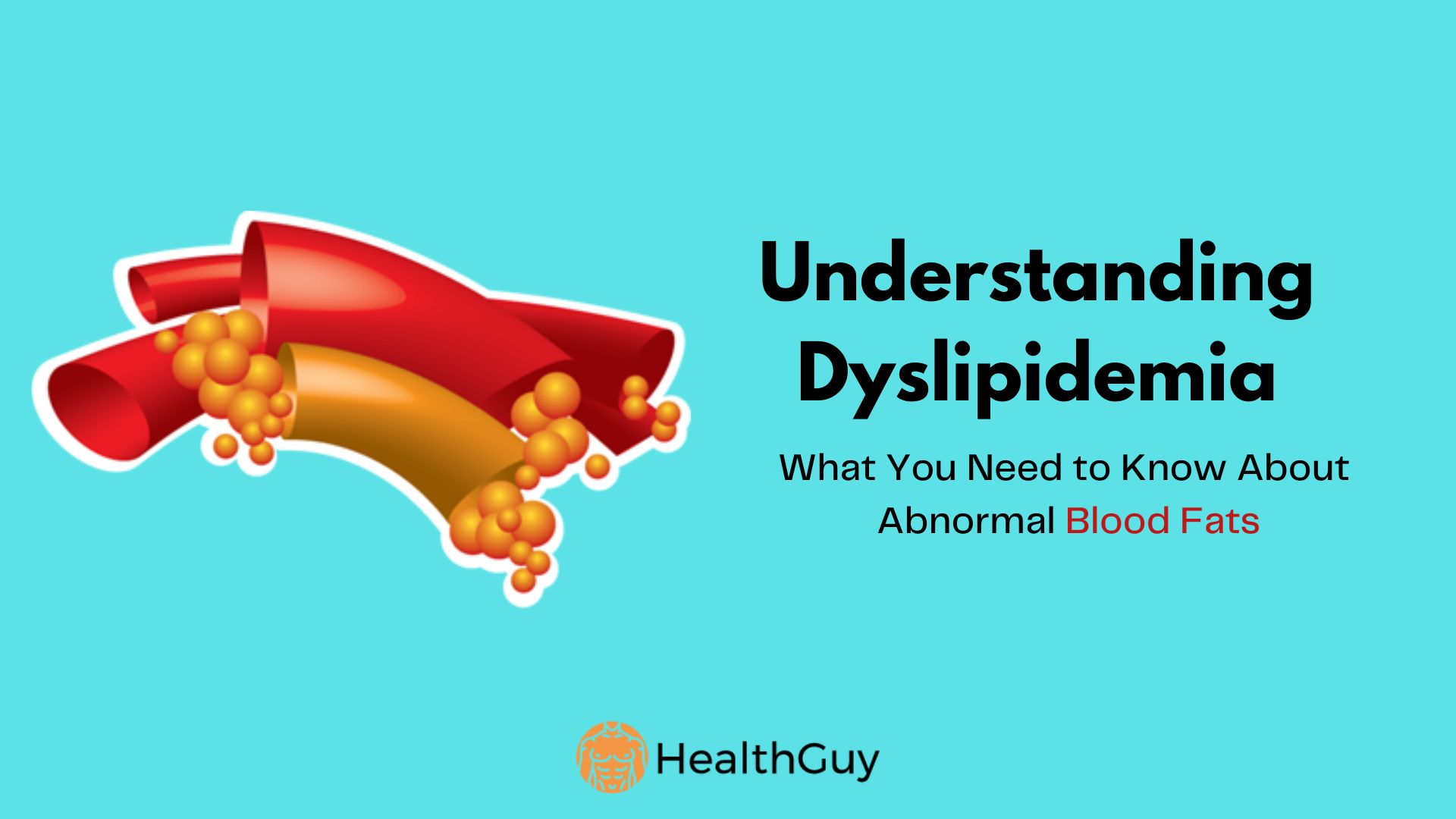
Understanding Dyslipidemia: What You Need to Know About Abnormal Blood Fats
Dyslipidemia is a medical term that describes an abnormal level of lipids (fats) in the blood. These lipids include cholesterol and triglycerides, and having too much of them can lead to various health problems.
Cholesterol is a waxy substance that is produced by the liver and alis so found in some foods, such as eggs, meat, and dairy products. There are two types of cholesterol: LDL (low-density lipoprotein) and HDL (high-density lipoprotein). LDL is often referred to as “bad” cholesterol, while HDL is considered “good” cholesterol.
Triglycerides are another type of fat that is stored in the body and used for energy. Like cholesterol, high levels of triglycerides in the blood can increase the risk of health problems.
Here are some statistics about dyslipidemia:
- According to the Centers for Disease Control and Prevention (CDC), nearly 95 million American adults age 20 or older have total cholesterol levels higher than what is recommended.
- The prevalence of high cholesterol increases with age, with the highest rates found in adults 60 years and older.
- In the United States, high cholesterol is a significant risk factor for heart disease, which is the leading cause of death for both men and women.
- Studies have shown that dyslipidemia is more common in people who are overweight or obese, have diabetes, or have a family history of high cholesterol.
- According to the World Health Organization (WHO), high cholesterol contributes to about 2.6 million deaths each year, accounting for 4.5% of all deaths worldwide.
- Research has found that making lifestyle changes such as adopting a healthy diet and increasing physical activity can help reduce cholesterol levels and lower the risk of heart disease.
- In some cases, medication may be necessary to help manage dyslipidemia. Statins are a type of medication commonly used to lower cholesterol levels and reduce the risk of heart disease.
Overall, dyslipidemia is a common and serious health condition that affects millions of people worldwide. By understanding the risk factors and taking steps to manage cholesterol levels, individuals can reduce their risk of heart disease and improve their overall health.
Dyslipidemia can be caused by a variety of factors, including genetics, diet, lack of exercise, obesity, and certain medical conditions such as diabetes and thyroid problems. It can also be a side effect of certain medications.
If left untreated, dyslipidemia can increase the risk of serious health problems such as heart disease, stroke, and peripheral artery disease. Therefore, it is important to get regular blood tests to check your lipid levels.
Treatment for dyslipidemia often involves making lifestyle changes, such as eating a healthy diet, getting regular exercise, and quitting smoking. In some cases, medication may be prescribed to help lower cholesterol and triglyceride levels.
Some simple steps you can take to keep your lipid levels in check include:
- Eating a diet that is low in saturated and trans fats, and high in fruits, vegetables, and whole grains.
- Exercising for at least 30 minutes a day on most days of the week.
- Maintaining a healthy weight.
- Not smoking.
In summary, dyslipidemia is a condition where there are abnormal levels of fats in the blood. It can increase the risk of serious health problems, but can often be managed through lifestyle changes and medication. By maintaining a healthy diet, getting regular exercise, and avoiding smoking, you can help keep your lipid levels in check and reduce your risk of health problems.
